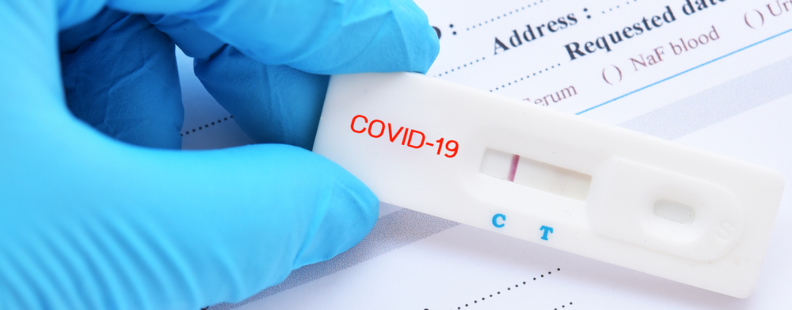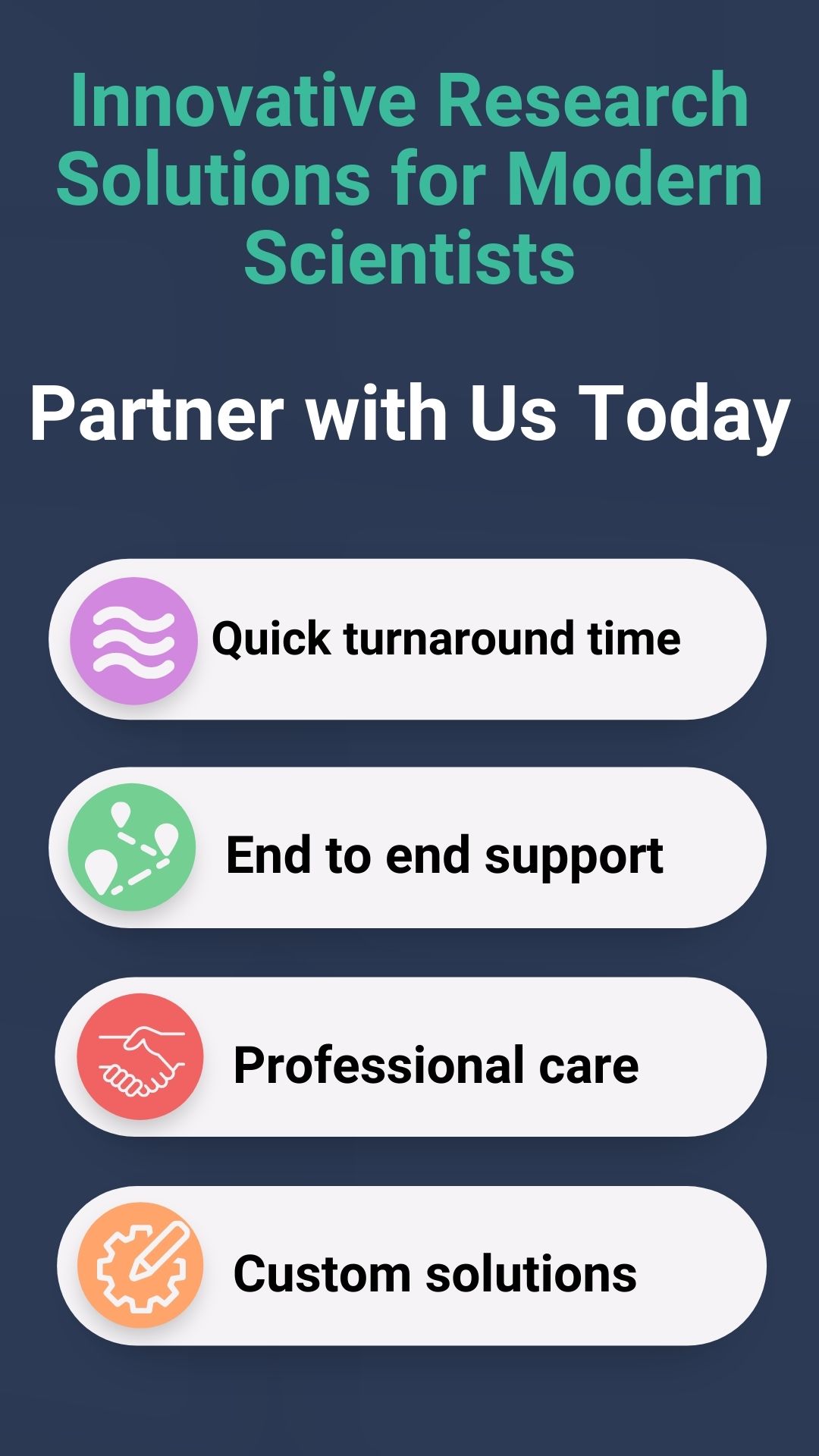The Future of Connected Healthcare In Vitro Diagnostics (IVDs) and the Internet of Things (IoT) are two of the most transformative technologies in healthcare today. When used in combination, they have the potential to revolutionize healthcare delivery by providing clinicians with real-time patient data that can help them make more informed decisions about diagnosis and treatment.

IVDs are diagnostic tests that are performed on samples of blood, urine, or other bodily fluids. They can be used to detect a wide range of diseases, including cancer, infectious diseases, and genetic disorders. The results of these tests can help clinicians determine the most effective course of treatment for their patients.
What is IoT (Internet of Things?)
The IoT refers to the network of physical devices, vehicles, and other objects that are embedded with sensors, software, and other technologies that enable them to collect and exchange data. In the context of healthcare, the IoT can include devices such as wearable sensors, implantable devices, and home monitoring systems.
By combining IVDs with the IoT, healthcare providers can create a connected healthcare ecosystem that enables the continuous monitoring of patient health. This has the potential to improve patient outcomes and reduce healthcare costs by enabling early intervention and reducing the need for hospitalization.
Benefits of IVD and IoT combination

- One of the key benefits of combining IVDs with the IoT is the ability to collect real-time data on patient health. Wearable sensors, for example, can continuously monitor vital signs such as heart rate and blood pressure. This data can be transmitted to a clinician in real-time, allowing them to monitor the patient’s condition and intervene if necessary.
- Another benefit of connected healthcare is the ability to monitor patients remotely. IoT-enabled IVDs can transmit real-time patient data to healthcare providers, allowing for continuous monitoring of patients with chronic conditions. This data can help healthcare professionals identify trends and patterns in patient health, allowing them to intervene early and provide personalized care. For example, remote monitoring can be used to detect early signs of a heart attack in patients with a history of cardiovascular disease, enabling healthcare providers to intervene before the condition becomes life-threatening.
- The integration of IVDs with IoT can lead to cost savings for both patients and healthcare providers. IoT-enabled IVDs can help reduce the number of hospital visits required for routine checkups and follow-ups, as patients can perform some tests at home and transmit the results to healthcare providers. This can lead to significant cost savings for patients who would otherwise have to take time off work and pay for transportation costs to attend appointments. It can also reduce the burden on healthcare providers, who can focus on more urgent cases instead of routine checkups.
Challenges of IVD and IoT association
- There are challenges associated with the use of IVDs and the IoT in healthcare. One of the biggest challenges is the need to ensure the security and privacy of patient data. As more devices become connected to the internet, there is a risk that patient data could be intercepted or hacked. Healthcare providers will need to implement robust security measures to protect patient data.
- Another challenge is the need to integrate IVDs and IoT devices into existing healthcare systems. Healthcare providers will need to ensure that these devices are compatible with existing systems and can be easily integrated into clinical workflows.

Despite these challenges, the potential benefits of connected healthcare are enormous. By providing clinicians with real-time patient data, healthcare providers can improve patient outcomes, reduce healthcare costs, and enable more personalized care.
In addition, connected healthcare has the potential to transform clinical research. By collecting large amounts of patient data, researchers can gain insights into disease progression and treatment outcomes. This can lead to the development of more effective treatments and cures for a wide range of diseases.
The combination of IVDs and the IoT has the potential to transform healthcare delivery by enabling the continuous monitoring of patient health. While there are challenges associated with the use of these technologies, the potential benefits are enormous. Healthcare providers must work to ensure the security and privacy of patient data and integrate these devices into existing clinical workflows to fully realize the potential of connected healthcare. With continued innovation and investment, the future of connected healthcare is bright, and it has the potential to revolutionize the way we deliver and receive healthcare.
